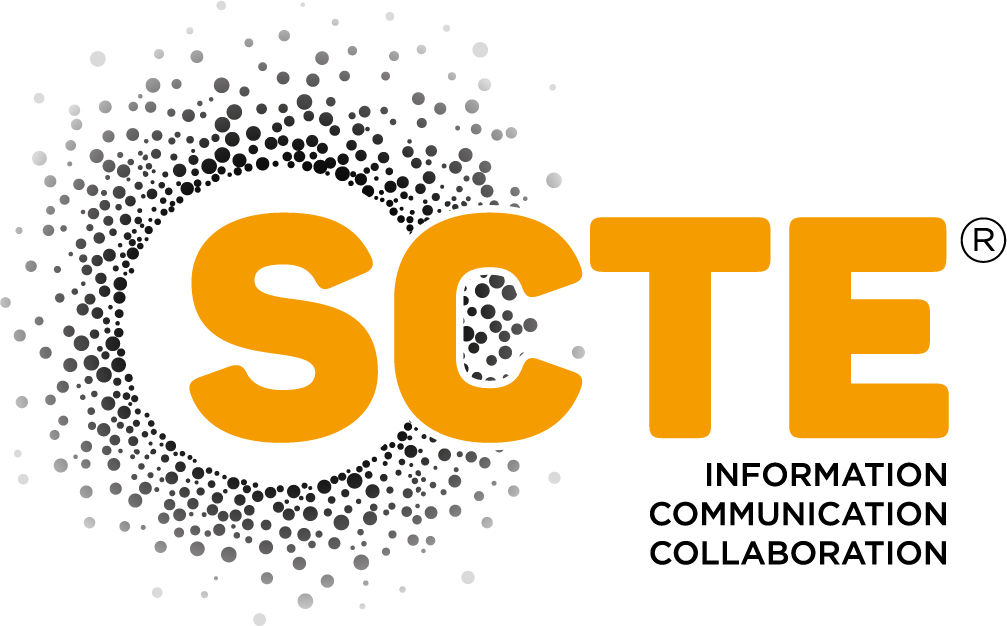IBC2023 Tech Papers: Using MetaHumans in Large-Scale Sports Production

IBC2023: This Technical Paper investigates how MetaHumans and digital doubles are changing sports broadcasts today, and explores the possibilities that they’ll bring to future match day coverage.
Abstract
What if you could accurately simulate a major football match in a virtual environment and view your favourite moments of the game at a level of detail that would have been impossible through a traditional broadcast? With today’s advances in game engine graphics, with realistic 3D humans, or MetaHumans, that future is closer than you’d think.
In this technical paper, we will investigate how MetaHumans and digital doubles are changing sports broadcasts today, and explore the possibilities that they’ll bring to future match day coverage.
First, the paper will give an overview of broadcasters who are already using real-time virtual production for everything from match commentary to remote interviews in sports productions all around the world. As a case study, we’ll then describe how MetaHumans were implemented during the Qatar World Cup coverage by TelevisaUnivision — the world’s leading Spanish-language media and content company.
Together, the Televisa team worked with disguise Creative Services to use MetaHumans as part of their analysis show, TUDN. That meant journalists and former footballers could more accurately analyse gameplay, thanks to real-time data that was fed into 3D digital doubles of the players. This presents interesting possibilities for the future, including the potential to scan players into 3D digital replicas, then mirror their movements using markerless camera tracking technology enhanced by artificial intelligence.
Introduction
Mainstream sports networks had not yet widely adopted the use of MetaHumans and digital characters to recreate 3D gameplay for football matches. However, some sports networks have started to explore the benefits of 3D engines like Unreal Engine to enhance their coverage through virtual backdrops, augmented reality graphics and motion graphics.
For the 2022 FIFA World Cup coverage, one network has taken the possibilities of Unreal Engine one step further, deploying MetaHumans to create highly realistic interactive virtual representations of the game to provide viewers with a more engaging experience than ever before.
TelevisaUnivision is Mexico’s largest broadcast network and the world’s leading Spanish- language media and content company. For the 2022 FIFA World Cup, the broadcaster worked with the disguise Creative Services team to use MetaHumans as part of their La Jugada Qatar 2022 prime time analysis show on TUDN. This innovative collaboration enabled journalists and former footballers to more accurately analyse gameplay, thanks to real-time data that was fed into 3D digital doubles of the players, while offering viewers a deeper look at the biggest matches of the championship and an overall more entertaining viewing experience.
The TUDN programme ran during the entire duration of the World Cup - every weekday for two hours from 9pm in the evening, and for three hours on Thursday, Friday and Saturday.
TUDN was broadcast both on Televisa’s 24h network and the open air network throughout Mexico, with a total of 9.4 million viewers tuning in. (1)
Following the World Cup, Televisa reported a 22% jump in pro-forma revenue for the fourth quarter in 2022, boosted by its 2022 FIFA World Cup coverage. (2)
Read the full article

Sign up to IBC365 for free
Sign up for FREE access to the latest industry trends, videos, thought leadership articles, executive interviews, behind the scenes exclusives and more!
Already have a login? SIGN IN

















